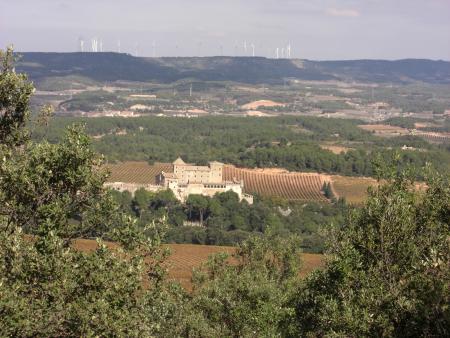
Objective:
The Mycological Trail of Poblet has a double objective. On the one hand, the aim is to raise awareness among visitors about the mycological richness of the protected area targeting the most relevant fungal species, and on the other hand, to promote mycotourism in the area. The Mycological Trail is located in the conservation area of Poblet which is visited by thousands of mushroom pickers every autumn season.
Context:
Spain and particularly several regions such as Catalonia are passionate mushroom-lovers. Each Autumn, more than a million of people go mushroom hunting in the Catalonian forests . However, this massive affluence also has consequences on the forest ecosystem, such as erosion in steep areas. The managers of Poblet Forests decided to limit the access to the protected area to avoid these damages, but in return, they promoted the Mycological Trail, specially addressed to families.
Contacts:
Juan Martínez de Aragón, mtzda@ctfc.es, www.ctfc.es